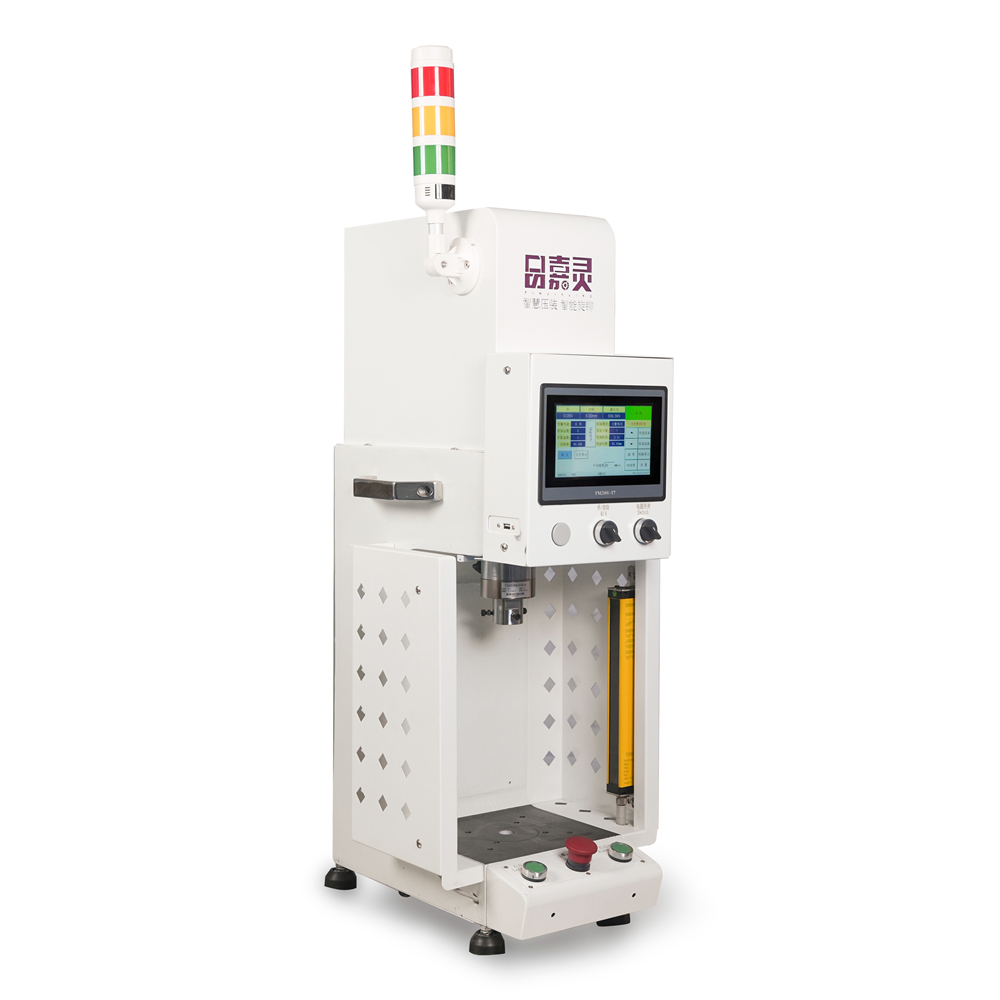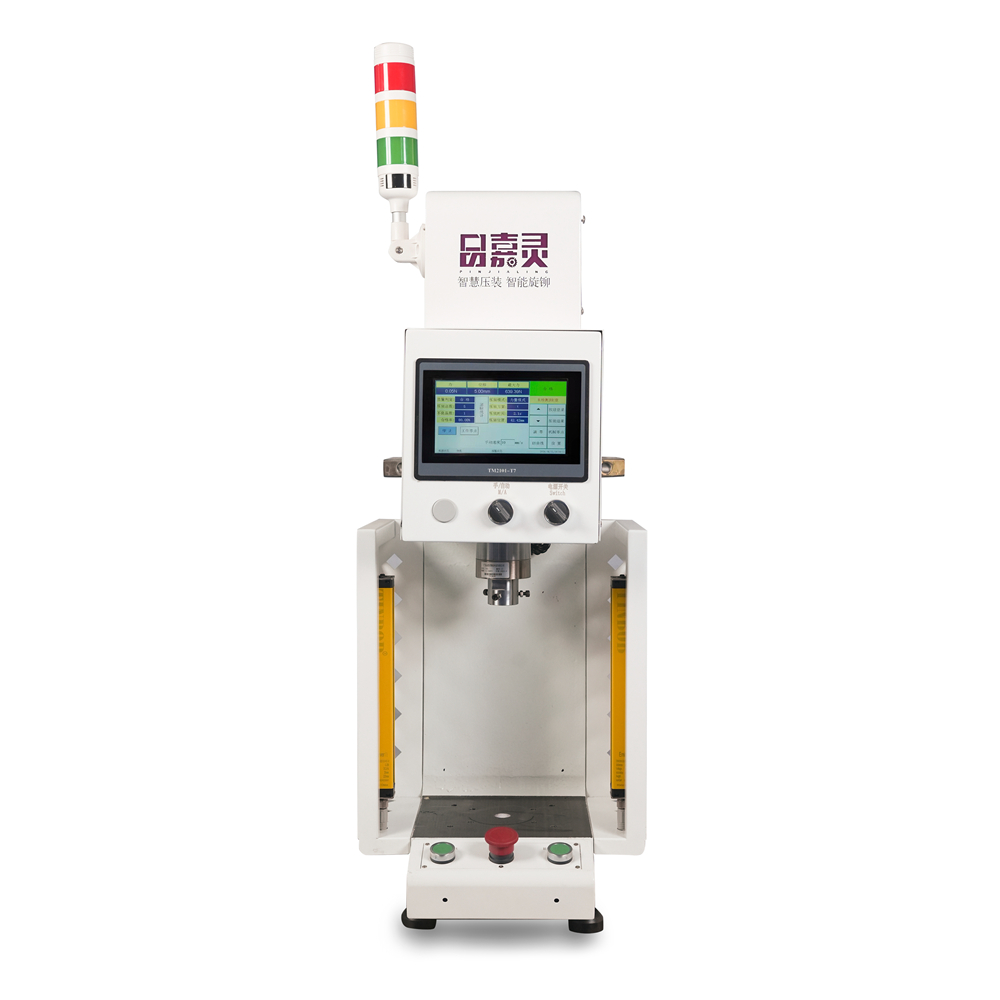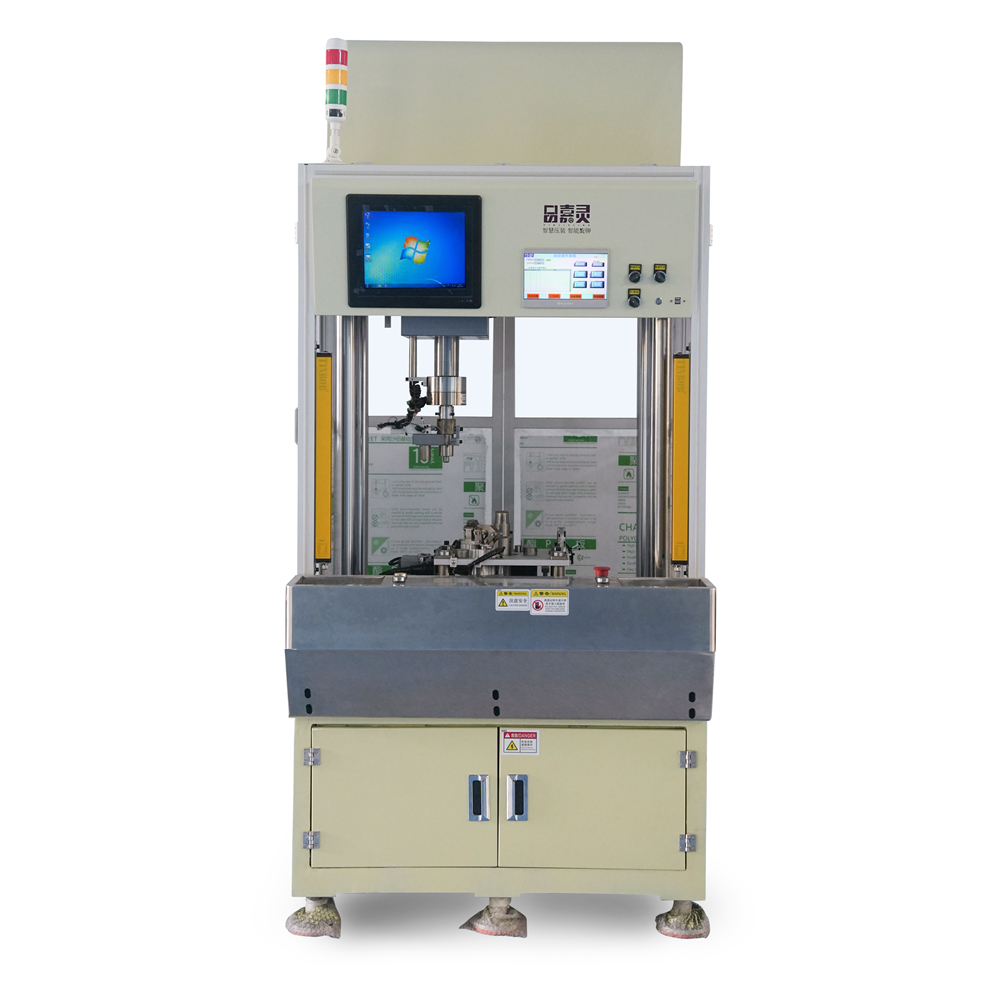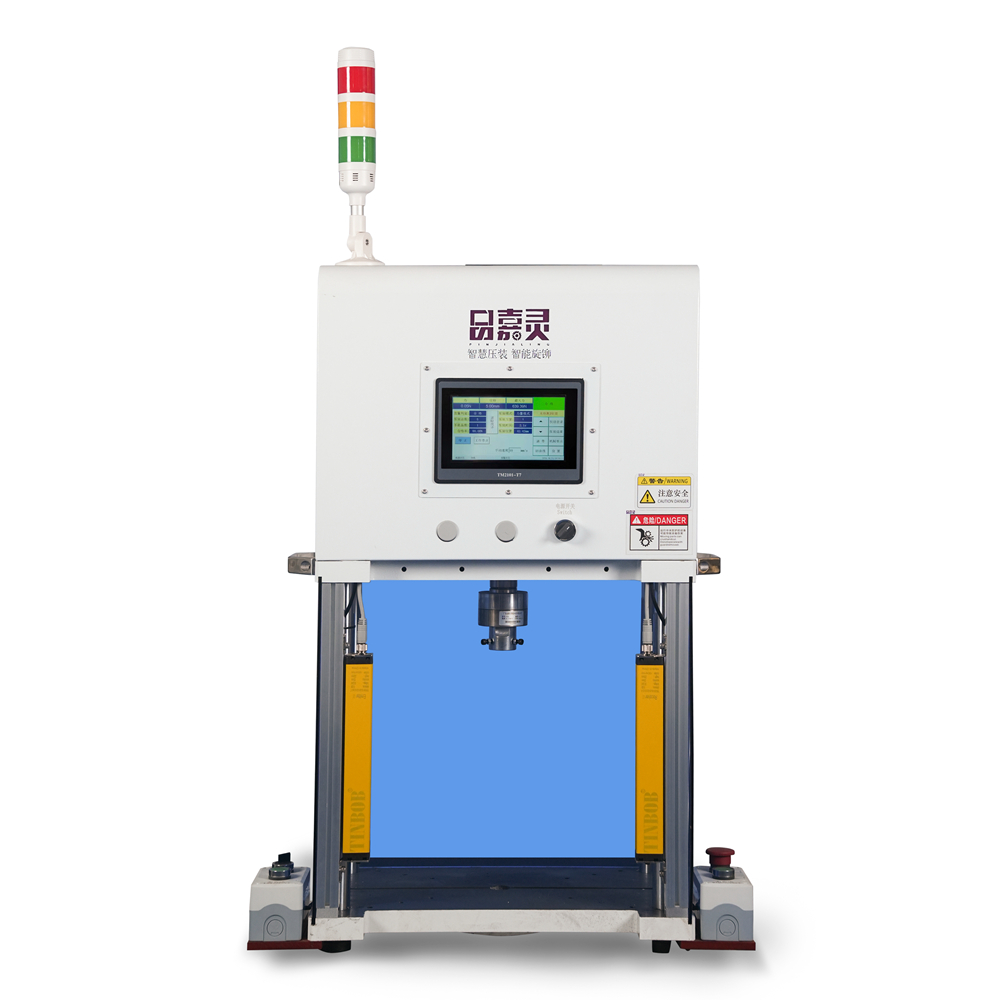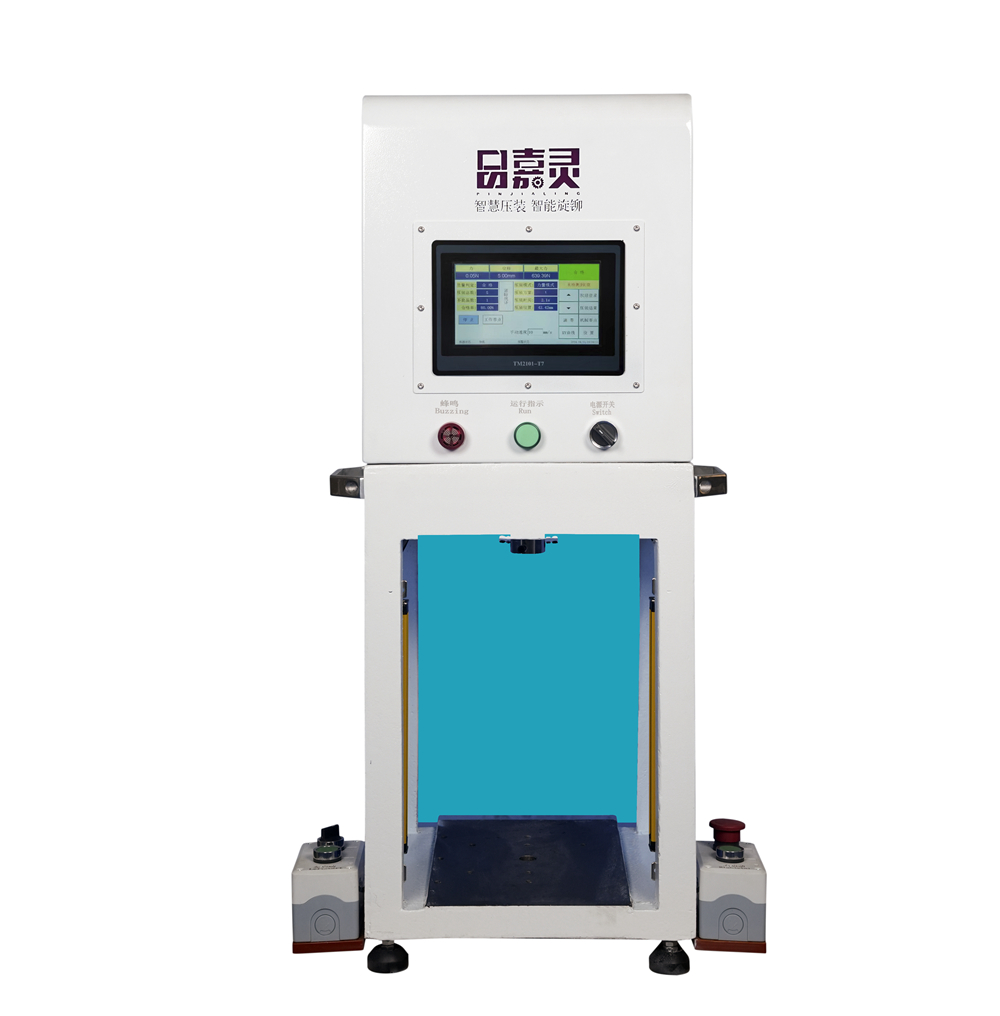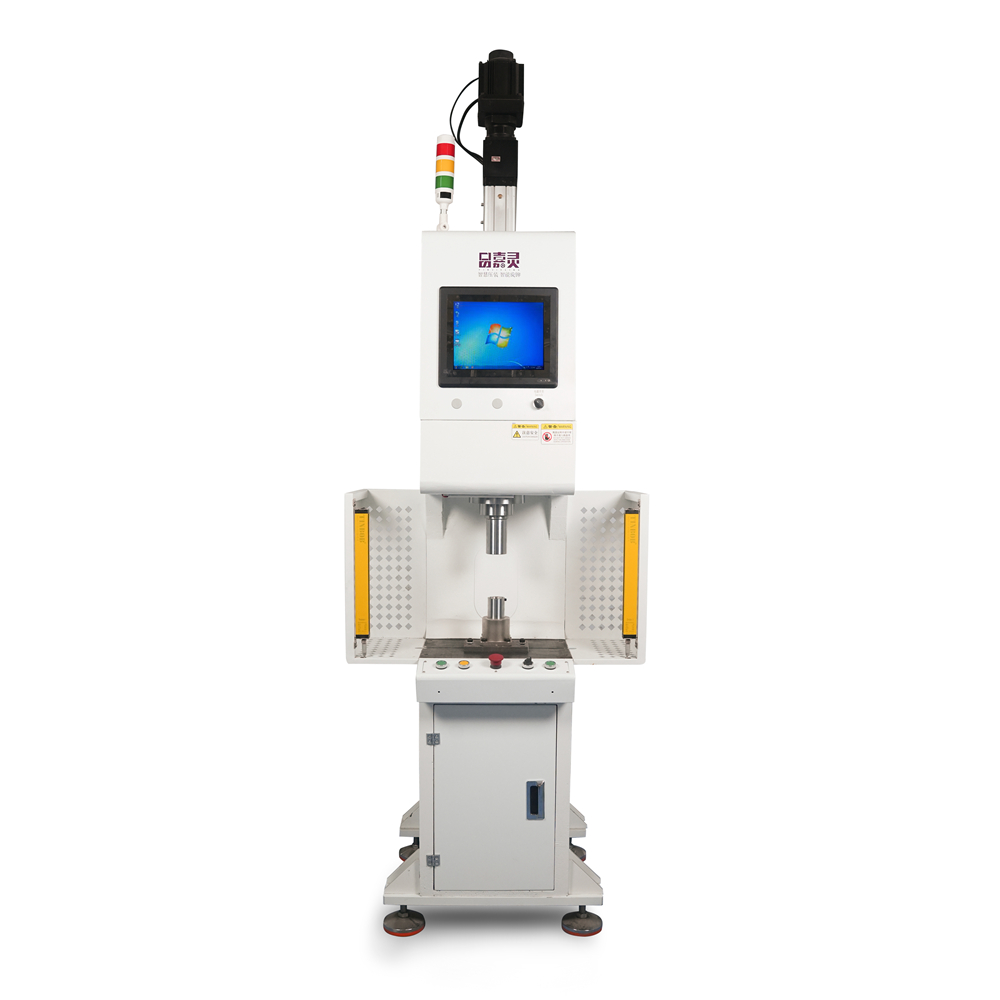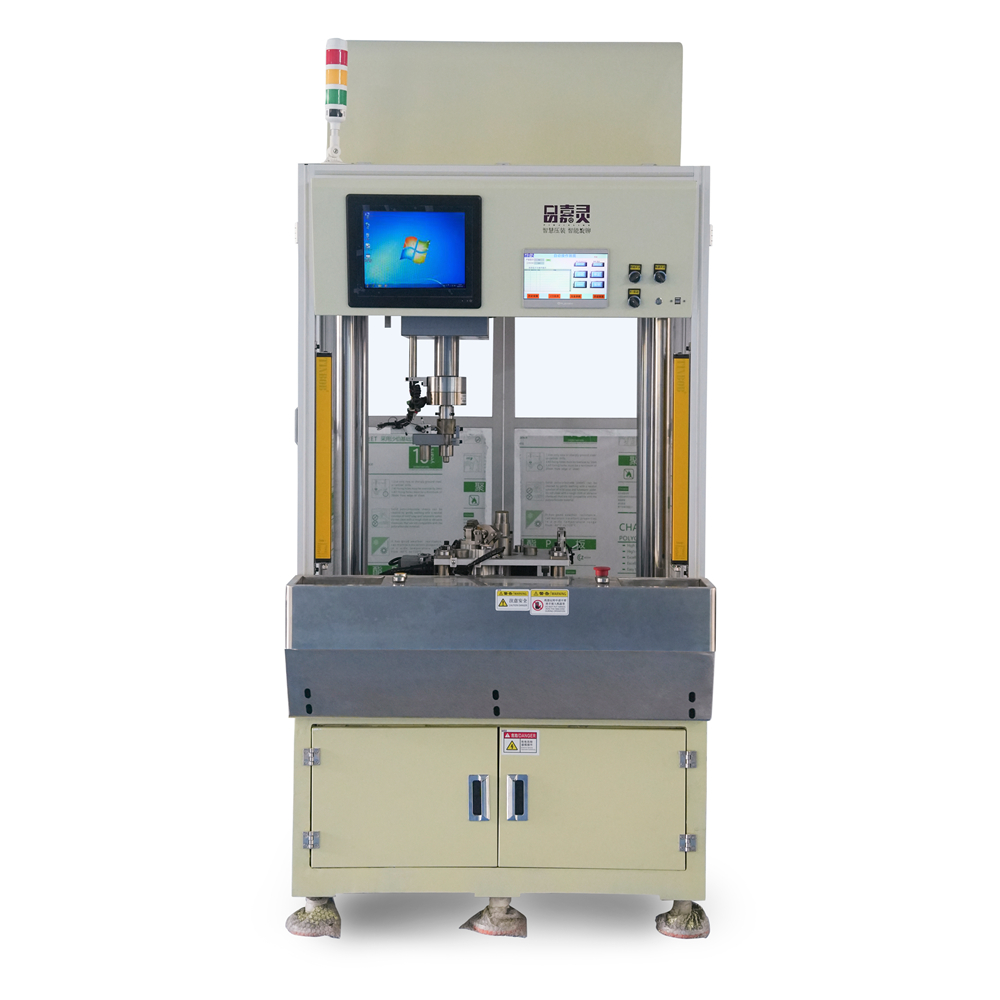Comparative Analysis of Horizontal vs Vertical Servo Press Machine Structures
The design and structure of servo press machines have evolved to cater to various industrial requirements, prominently focusing on horizontal and vertical configurations. Each structure offers distinct advantages and limitations that suit different types of manufacturing processes.

Horizontal servo press machines typically feature a design that aligns the main ram horizontally. This layout is beneficial for applications requiring long and flat materials to be processed, as it allows for easier loading and unloading of parts. The horizontal orientation also facilitates the use of larger dies and workpieces, making it a suitable choice for high-volume production. The stability offered by a horizontal design helps in minimizing vibrations during operation, which can be particularly advantageous when precision is a priority.
On the other hand, vertical servo press machines are designed with the ram positioned vertically. This structure often requires less floor space, making it ideal for facilities where space is at a premium. Vertical machines can easily accommodate taller parts and complex geometries without the necessity of extensive relocation or repositioning. The ability to stack multiple production units vertically contributes to efficient use of available space and potentially increases the output per square foot.
When analyzing the operational mechanics, both horizontal and vertical servo presses utilize servo motors that provide precise control over the ram’s movement. This leads to enhanced energy efficiency and reduced cycle times compared to traditional mechanical presses. However, the specific arrangement of components can influence the ease of maintenance. Horizontal machines may allow for better accessibility of moving parts, whereas vertical machines can sometimes complicate maintenance due to their spatial orientation.
In terms of tooling requirements, the choice of structure can affect the type of dies and fixtures used. Horizontal setups often require robust dies that can accommodate longer spans without sagging or misalignment. Conversely, vertical presses may allow for more innovative tooling solutions that employ gravitation to assist in the alignment of the material being processed.
Additionally, the load distribution in these two structures varies significantly. Horizontal servo presses typically distribute force along a longer line, potentially reducing the concentrated stress on any single point of the material. This can be advantageous in applications where uniformity across large surfaces is essential. In contrast, vertical presses exert force downward, which might lead to different stress patterns that could be beneficial for forming complex shapes but may necessitate careful consideration of material characteristics.
Another aspect to consider is user interaction with the machine. Horizontal designs may require operators to engage with the workpiece from the sides, which can sometimes hinder accessibility depending on the layout of the work area. Vertical machines often allow for more straightforward access from the front or top, which can enhance operator safety and efficiency.
Ultimately, the decision between horizontal and vertical servo press machines must be driven by the specific manufacturing needs, material types, and spatial constraints of the production environment. Each structure delivers unique advantages tailored to different applications, making a comparative analysis essential for optimizing operational efficiency in any manufacturing setting. By understanding these distinctions, manufacturers can better align their machinery choices with their operational goals, ensuring they select the most appropriate design for their processes.
- Desktop Servo Press Machine for Prototyping and Small Batch Production
- The Desktop Servo Press Machine stands out as an innovative solution tailored specifically for prototyping...
- Comparative Analysis of Horizontal vs Vertical Servo Press Machine Structures
- The design and structure of servo press machines have evolved to cater to various industrial requirements,...
- Overview of Servo Press Machine Technology and Industrial Applications
- Servo press machines represent a significant advancement in the realm of industrial press technology. These...
- Vertical Servo Press Machine Force Distribution Analysis for Quality Control
- Vertical Servo Press Machine Force Distribution Analysis for Quality Control The functionality and...
- Vertical Servo Press Machine Pressure Sensing and Feedback Systems
- Vertical servo press machines utilize advanced technology to enhance manufacturing processes, particularly in applications requiring precise...
- Gantry Servo Press Machine Features for Heavy Duty Pressing Operations
- Gantry servo press machines represent a sophisticated solution for heavy-duty pressing operations, offering a range of...



